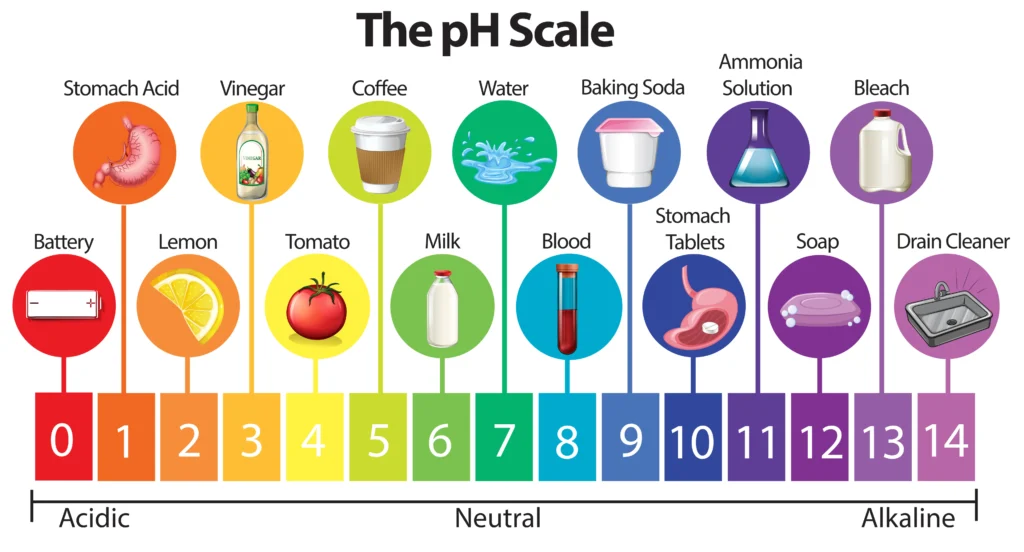Introduction
A. Definition of Holozoic Nutrition
Holozoic nutrition refers to the mode of nutrition in which organisms consume solid or liquid organic substances, break them down through digestion, and absorb the resulting nutrients. Unlike autotrophic organisms, which produce their own food, holozoic organisms rely on external sources for sustenance.
B. Importance in the Animal Kingdom
Holozoic nutrition plays a vital role in the survival and evolution of diverse animal species. It is a dynamic process that involves the intake of various food forms, leading to a range of adaptations and behaviors across the animal kingdom.
II. Characteristics of Holozoic Nutrition

A. Ingestion of Whole Food
One key characteristic of holozoic nutrition is the ingestion of complete organisms or substantial portions of them. This distinguishes holozoic feeders from other nutritional strategies, such as filter feeding or absorption.
B. Digestion Process
The digestive process in holozoic nutrition involves breaking down ingested food into simpler compounds through mechanical and chemical means. This process facilitates the extraction of nutrients necessary for the organism’s metabolic activities.
C. Absorption of Nutrients
Following digestion, the absorbed nutrients are utilized by the organism for energy production, growth, and maintenance of physiological functions. This efficient absorption mechanism is a hallmark of holozoic nutrition.
III. Examples of Holozoic Nutrition

A. Humans
In the human context, holozoic nutrition is exemplified by the consumption of a varied diet consisting of plants and animals. The digestive system, equipped with specialized organs like the stomach and intestines, facilitates the breakdown and absorption of nutrients.
B. Carnivorous Animals
Carnivorous animals, such as lions and wolves, exhibit holozoic nutrition by preying on other animals. Their digestive systems are adapted to process meat, extracting essential nutrients for sustenance.
C. Omnivorous Animals
Omnivores, like bears and humans, showcase the versatility of holozoic nutrition by consuming both plant and animal matter. This adaptability contributes to their ability to thrive in diverse environments.
IV. Adaptations for Holozoic Nutrition

A. Specialized Digestive Systems
Holozoic organisms often possess specialized digestive systems that enable the efficient breakdown of a variety of food types. This specialization is a crucial adaptation for extracting maximum nutritional value.
B. Hunting and Foraging Behaviors
Predatory behaviors, such as hunting and foraging, are common adaptations associated with holozoic nutrition. These behaviors allow organisms to locate and capture prey or find suitable food sources in their environment.
V. Comparison with Other Nutrition Types

A. Holozoic vs. Saprophytic Nutrition
While holozoic organisms actively consume living or dead organisms, saprophytic organisms feed on decaying organic matter. The distinct strategies highlight the diverse ways in which organisms obtain nutrients.
B. Holozoic vs. Parasitic Nutrition
Holozoic nutrition differs from parasitic nutrition in that holozoic organisms do not necessarily harm their food source during consumption. Parasites, on the other hand, rely on living hosts for sustenance.
VI. Evolutionary Significance
A. Holozoic Nutrition in Early Organisms
The emergence of holozoic nutrition in early organisms marked a significant evolutionary milestone. It provided a competitive advantage, allowing organisms to exploit various food sources and adapt to changing environmental conditions.
B. Impact on Evolutionary Pathways
The evolution of holozoic nutrition has influenced the development of diverse species, leading to the creation of complex food webs and ecological relationships. This impact continues to shape the biodiversity observed in ecosystems worldwide.
VII. Significance in Ecology
A. Role in Food Chains
Holozoic nutrition contributes to the intricate web of food chains in ecosystems. Predators and prey form interconnected relationships, regulating population dynamics and maintaining ecological balance.
B. Contribution to Ecosystem Balance
By participating in holozoic nutrition, organisms contribute to the cycling of nutrients within ecosystems. This balance is essential for sustaining life at various trophic levels.
VIII. Holozoic Nutrition in Human Health

A. Nutritional Requirements
Understanding holozoic nutrition is crucial for addressing human nutritional requirements. A balanced diet that incorporates a variety of food sources ensures the intake of essential nutrients for optimal health.
B. Balanced Diets for Humans
Applying the principles of holozoic nutrition, humans can design balanced diets that cater to their omnivorous nature. This approach supports overall well-being and prevents nutritional deficiencies.
IX. Challenges and Threats
A. Environmental Impact
The widespread adoption of holozoic nutrition has environmental implications, including habitat degradation and overconsumption. Addressing these challenges is crucial for sustainable coexistence with other species.
B. Overconsumption Issues
In certain cases, overconsumption resulting from holozoic nutrition can lead to imbalances in ecosystems, affecting biodiversity and creating ecological challenges. Sustainable practices are essential to mitigate these issues.
X. Future Prospects

A. Research and Developments
Ongoing research in holozoic nutrition explores new avenues for understanding digestive processes and optimizing nutrient absorption. These developments have potential applications in fields such as medicine and agriculture.
B. Potential Applications in Agriculture
Insights from holozoic nutrition research can inform agricultural practices, leading to improved methods of nutrient delivery in crops and livestock. This has the potential to enhance food production and address global food security challenges.
XI. Holozoic Nutrition in Popular Culture
A. Representations in Media
Holozoic nutrition finds its way into popular culture through various media representations, showcasing the diverse and intriguing ways animals obtain sustenance. These depictions contribute to public awareness and education.
B. Educational Importance
Incorporating holozoic nutrition concepts into educational curricula enhances students’ understanding of biological processes and ecological systems. This knowledge fosters a deeper appreciation for the interconnectedness of life on Earth.
XII. Common Misconceptions

A. Holozoic Nutrition vs. Autotrophic Nutrition
Clarifying the distinction between holozoic and autotrophic nutrition dispels common misconceptions about how organisms acquire their energy. Education plays a pivotal role in correcting these misunderstandings.
B. Addressing Myths and Misinformation
Misinformation surrounding holozoic nutrition can lead to misconceptions about certain species or dietary habits. Addressing these myths promotes accurate knowledge and fosters a more informed society.
XIII. Engaging Facts and Figures
A. Intriguing Statistics
Highlighting statistics related to holozoic nutrition provides readers with tangible data, enriching their understanding of the prevalence and significance of this dietary strategy in the animal kingdom.
B. Notable Case Studies
Examining specific case studies of organisms exhibiting holozoic nutrition offers real-world examples that captivate readers and deepen their appreciation for the diversity of life.
XIV. Holozoic Nutrition and Education
A. Incorporating the Concept in School Curricula
Integrating holozoic nutrition into school curricula ensures that students are exposed to fundamental biological concepts. This education lays the groundwork for informed decision-making and environmental stewardship.
B. Encouraging Understanding and Awareness
Promoting understanding and awareness of holozoic nutrition fosters a sense of responsibility toward the environment and biodiversity. Informed individuals are more likely to contribute positively to conservation efforts.
XV. Conclusion
In conclusion, holozoic nutrition stands as a testament to the incredible diversity of life on our planet. From the microscopic to the majestic, organisms engage in this dynamic feeding strategy, shaping ecosystems and influencing our understanding of biology. As we navigate the complexities of holozoic nutrition, let’s embrace the responsibility to preserve and cherish the delicate balance it brings to the natural world.

Is holozoic nutrition exclusive to animals?
Holozoic nutrition is primarily associated with animals, but it is not exclusive to them. Some protists and fungi also exhibit holozoic feeding strategies.
How does holozoic nutrition differ from autotrophic nutrition?
Holozoic nutrition involves obtaining nutrients from external sources, while autotrophic nutrition involves producing one’s own food through processes like photosynthesis.
Are there any dangers associated with holozoic nutrition?
While holozoic nutrition itself is a natural and necessary process, overconsumption and environmental impacts can pose dangers. Sustainable practices are essential.
Can humans survive on a holozoic diet alone?
Humans, as omnivores, benefit from a balanced diet that includes both plant and animal sources. Relying solely on holozoic nutrition may lead to nutritional deficiencies.
How can holozoic nutrition be incorporated into sustainable agriculture?
Research in holozoic nutrition informs agricultural practices by optimizing nutrient delivery. This knowledge can contribute to more sustainable and efficient farming methods.






